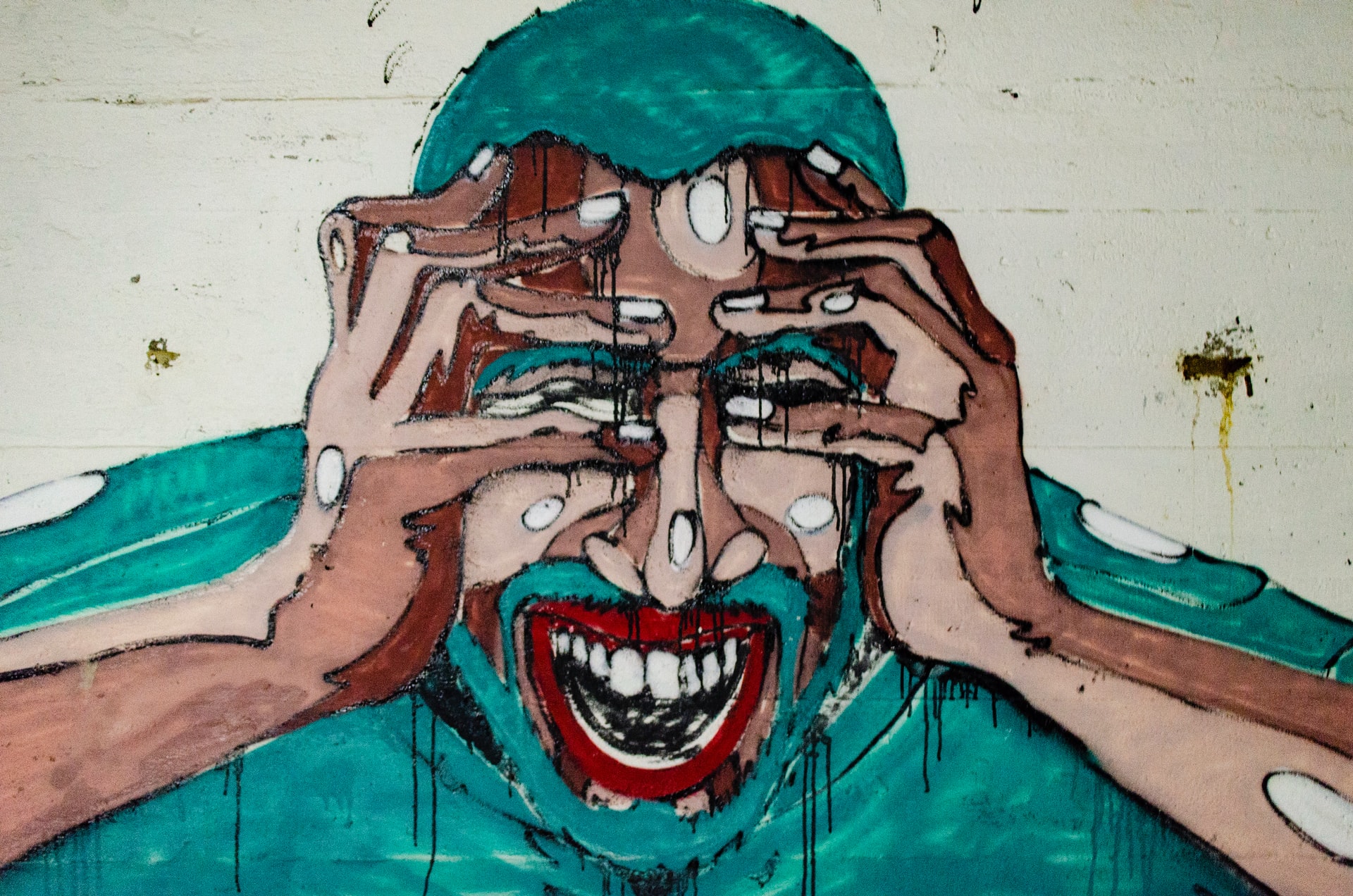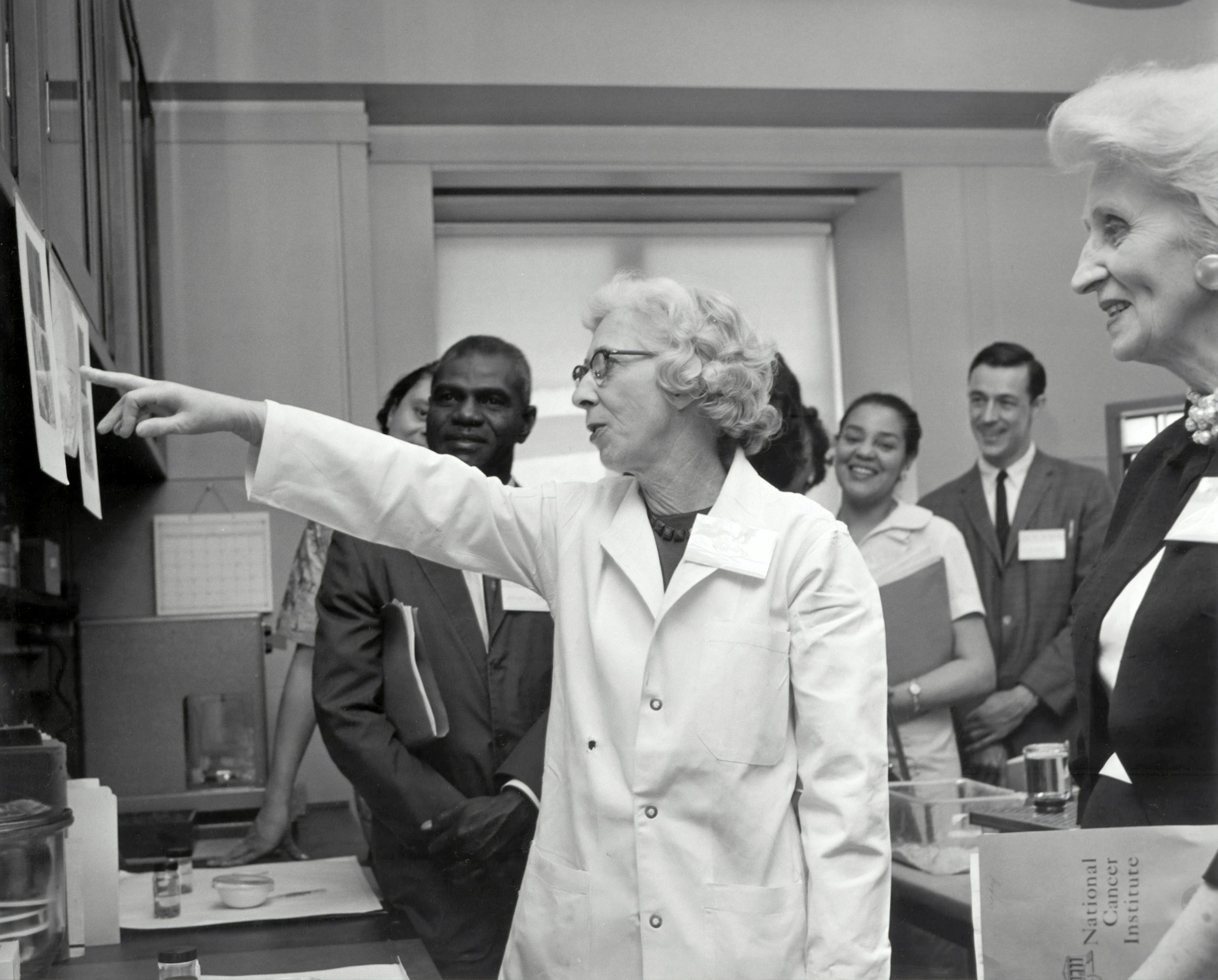By Benjamin Fisher
Pain and its related diseases are the leading cause of disability worldwide and are estimated to place a greater burden on society than any other condition [1]. The NHS defines chronic pain as any pain that persists or reoccurs for longer than 12 weeks, which is the time frame for standard tissue healing. Injury or disease often leads to chronic pain; however, it is not just a symptom but a debilitating condition in its own right. Over 1.9 billion people worldwide experience recurrent migraines or headaches, the most common form of chronic pain, but it also occurs in the form of other conditions, including arthritis or back pain. In the UK, approximately 4.6 million GP appointments are made each year for the primary care of chronic pain, costing the NHS around £69 million annually [2].
The broad scope of chronic pain encapsulates a variety of underlying triggers, so it has typically proven hard to uniformly care for. Currently, treatment for the disease is patient-specific and consists of healthy lifestyle improvements such as exercise or improved sleep hygiene. In more severe cases, it is furthered with the prescription of antidepressants or opioid-based pain relief.
Chronic pain is widely accepted as a biopsychosocial problem, which incorporates biological causes of the pain, as well as the psychological, social, and cultural influences that affect pain on an individual level [3]. It is now understood that negative emotional states can alter chemicals released in the brain. In susceptible individuals, this results in inflammation and triggers migraines. Moreover, a randomised trial found that patients with rheumatoid arthritis could relieve some of their pain symptoms by writing about stressful or negative experiences [4]. There are a vast number of potential psychological or social influences, which makes it hard to pinpoint exactly what contributes to the condition.
Pain and its related diseases are the leading cause of disability worldwide and are estimated to place a greater burden on society than any other condition.
Global, regional, and national incidence, prevalence, and years lived with disability for 328 diseases and injuries for 195 countries, 1990-2016: A systematic analysis for the global burden of disease study 2016 (2017) [1].
Researchers can study twins to highlight how genetic and non-biological or environmental factors impact the physical symptoms of chronic pain. In such studies, the genetic similarity of identical and non-identical twins is exploited to estimate how specific genes are linked to physical symptoms. For identical twins, any differences in how they perceive pain must arise from environmental differences as they share all the same genes. For non-identical twins, however, variation can come from their environment or the differences in their genetic make-up. Typically, twins are raised together and therefore have broadly similar lifestyles (at least in childhood), making it easier to rule out environmental contributions to the condition and identify genes specifically linked to pain. A systematic review of fifty-six pain studies performed on twins estimated that the overall genetic basis for chronic pain is about 50% [5]. Unfortunately, these studies only looked at whether the patients felt pain and did not investigate the factors that affected its intensity. Thus, while genetics clearly plays a role in your susceptibility to chronic pain, a complex range of alternative factors increase individual variability.
In the brain, chronic pain occurs through a process called wind-up. This is where neurons that are repetitively activated by stimuli progressively increase in their output signal. For example, if you were to repeatedly prick the same place on your skin with a needle, the pain would increase over time, despite resulting from the same action. The increased wind-up of a signal is attributed to the greater depolarisation of the neuronal membranes over time. Depolarisation is a process that occurs when neurons fire, where the electrical charges balanced across the neuron’s membrane rapidly flip. If the neuron is not stimulated again, this charge balance will recover to its natural equilibrium. But, if they are repeatedly stimulated, neurons cannot fully recover between each firing, leaving them in a slightly depolarised state. This makes them more likely to fire again with future stimulations, and also triggers changes in gene expression that can amplify and elongate these pain signals.
A systematic review of fifty-six pain studies performed on twins estimated that the overall genetic basis for chronic pain is about 50%.
Nielsen et al. (2012) [5].
Recently, a study by the Oxford Nuffield Department of Clinical Neuroscience investigated genetic variation in a sample of over one thousand healthy participants from Columbia and how their genes correlated to their pain levels [6]. Researchers performed ten consecutive standardised stimulations (similar to a pinprick) to the forearms of the volunteers and recorded how painful participants perceived them to be. A genome-wide study was then performed, where entire genomes were scanned for markers that could explain the variation in pain perception. Specifically, researchers searched for genetic markers called short nucleotide polymorphisms (SNPs), which are short stretches of the genome that differ frequently within a population. Modern Columbian populations descend genetically from Europe, Africa, and Native India, amongst others, making it one of the most genetically diverse samples ever used for pain studies. By utilising such a diverse sample, any findings are potentially applicable to all patients suffering from chronic pain.
Three regions of the genome were identified as being significantly correlated with the experience of chronic pain, all of which overlapped at the location of one gene—NCX3. NCX3 is highly expressed in sensory neurons found in the spinal cord and it encodes a protein called a sodium-calcium ion exchanger. Exactly how the different NCX3 versions controlled the wind-up of pain was not clear from these results, but the researchers suspected it was due to the level of expression of the gene.
The Oxford study then performed a set of experiments on mice to determine whether this was the case and if it could be a therapeutic target. Firstly, they compared the response of two sets of mice to a controlled pain stimulus. One group had been genetically modified, so they no longer had NCX3 ion channels (NCX3-deleted mice), and the other mice were normal. They used a test that looks for two types of pain responses: short-term and longer-term. Wind-up in chronic pain characteristically alters longer-term responses to this test whilst showing no changes to short-term pain. NCX3-deleted mice exhibited pain responses that were consistent with the increased wind-up found in the chronic pain condition.
They then infected the mice with a virus that caused the production of lots of NCX3 in their sensory neurons. These mice showed greatly reduced pain behaviour in the long-term response. Hence, the researchers demonstrated that, in their mouse models, NCX3 is a significant determinant of chronic pain and that its increased activity reduces the symptoms. They speculated that this is because NCX3 plays a key role in recovering the charge balance of membranes after neurons fire. Higher NXC3 activity means neurons recover faster, decreasing wind-up and preventing the further resulting changes that cause chronic pain.
NCX3 is a significant determinant of chronic pain and that its increased activity reduces the symptoms.
If the mouse models are accurate, then drugs that increase the activity of NCX3 could reduce chronic pain. The NCX3 protein has multiple regions unique to it that may provide useful targets for drugs, hopefully with fewer side effects than the current treatments. It is important to note, however, that chronic pain is a multi-faceted problem that not only has a biological basis but relies on psychological and social influence. A complete therapy would combine treatments for the multiple factors that contribute to the condition, but NCX3 does still provide a source of hope for chronic pain drug developments. Further research into the lesser-known psychological and social aspects will be necessary to generate a combined and effective therapy to truly combat this widespread condition.
References
- GBD 2016 Disease and Injury Incidence and Prevalence Collaborators. (2017, September 16). Global, regional, and national incidence, prevalence, and years lived with disability for 328 diseases and injuries for 195 countries, 1990-2016: A systematic analysis for the global burden of disease study 2016. Lancet (London, England).
- Phillips, C. J. (2009, June). The cost and burden of chronic pain. Reviews in pain.
- Mark B. Weisberg & Alfred L. Clavel Jr (1999). Why is chronic pain so difficult to treat?. Postgraduate Medicine.
- Smyth, J. M., Kaell, A., Hurewitz, A., & Stone, A. A. (1999). Effects of writing about stressful experiences on symptom reduction in patients with asthma or rheumatoid arthritis: A randomized trial. JAMA.
- Nielsen, C. S., Knudsen, G. P., & Steingrímsdóttir, Ó. A. (2012, July). Twin Studies of Pain – Nielsen – 2012 – clinical genetics – wiley … Wiley Online Library.
- Trendafilova et al. Sodium-calcium exchanger-3 regulates pain ‘‘wind-up’’: From human psychophysics to spinal mechanisms. Neuron (2022).
- Engel GL. The need for a new medical model: A challenge for biomedicine. Science.
- Gatchel RJ. Comorbidity of chronic pain and mental health disorders: The biopsychosocial perspective. Am Psychol.
- Gatchel RJ, Peng YB, Peters ML, Fuchs PN, Turk DC. The biopsychosocial approach to chronic pain: Scientific advances and future directions. Psychol Bull.
- Gatchel RJ, Turk DC. Criticisms of the biopsychosocial model in spine care: Creating and then attacking a straw person. Spine.





